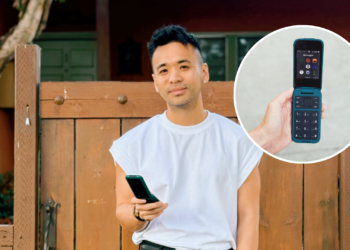When 11 people were killed in his hometown of Monterey Park on Saturday, Raymond Cheung struggled to find the words to tell his mom.
As she cooked for her grandkids and handed out red envelopes for Lunar New Year, he couldn’t bear to break that news that the city, once her safe haven, had been the backdrop to a grisly crime.
Cheung’s family had spent much of their lives there. After his parents immigrated from China in the 1960s, and then to the West Coast, Monterey Park was the obvious choice.
Thousands of Asian immigrants share that story.
“I had times when I’d be speaking Chinese with my family and someone would say, ‘Hey, you’re in America, speak English,’” Cheung, 42, said. “We didn’t have to worry about that in Monterey Park. It was just kind of like an extension to your home, you felt safe and comfortable.”
Identified by author Timothy Fong as the first suburban Chinatown in the U.S., Monterey Park has long attracted Asian immigrants from all over the world. Residents say they never expected to see mass violence touch their vibrant, singular sanctuary. As the city’s safe image is shaken and residents come under a national microscope, they wonder — what will happen now?
Leland Saito, a professor of sociology at the University of Southern California, has spent much of his career researching Monterey Park and the surrounding San Gabriel Valley. He’s seen Chinese newspaper articles talking about the city for decades, even reaching Asian pockets in countries like Brazil.
It was the first city in the continental U.S. to have a majority Asian population, he said. And it was more than just residential. Businesses thrived there that one would be hard-pressed to find outside China, he said.
“You want to buy a house, you want to rent an apartment, you could go to a real estate agent that speaks Mandarin or Cantonese,” he said. “You want a supermarket that has the kind of food that you want, you need to open a bank…
Read the full article here





